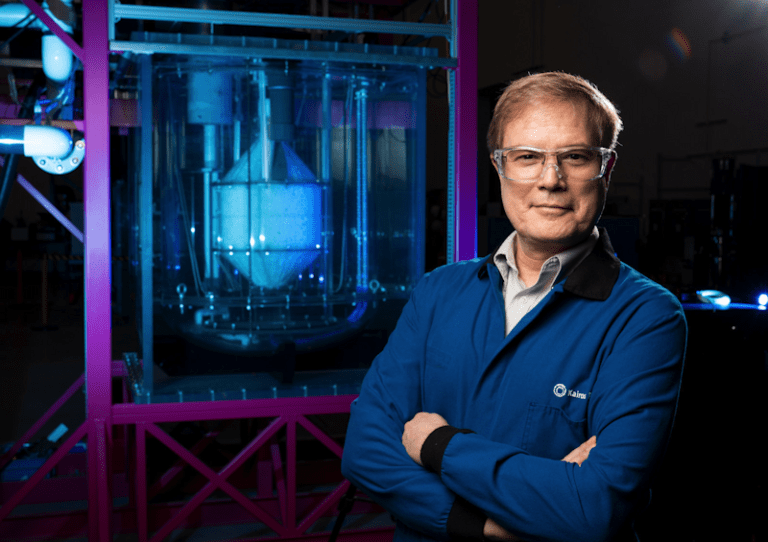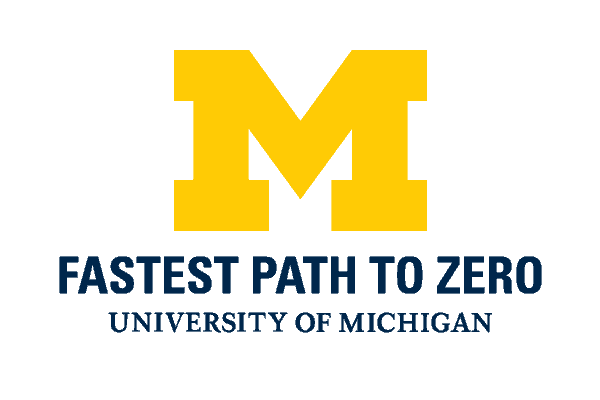The Atomic Show #138 – Jaco Kriek, CEO PBMR Pty LTD
Jaco Kriek has been the CEO of PBMR Pty LTD of South Africa for five years. On July 7, 2009 he spoke with me for nearly an hour about a wide range of topics.
The topics we discussed included the following:
- History of PBMR as a stand alone company
- Change in technical direction
- Customer focused design efforts
- Licensing challenges for unfamiliar nuclear technology
- Potential for process heat supply market
- Interest from petrochemical industry
- Interest from American company talking about unit volumes in the thousands
- PBMR as a national technical asset for South Africa
Hope you enjoy the conversation as much as I did. PBMR has a unique role in the nuclear industry and might be pointing the way to new sources of revenues and new customers that have never before considered using atomic fission as their heat source.
Podcast: Play in new window | Download (Duration: 58:01 — 26.6MB)
Subscribe: RSS




Very interesting podcast. Although the remarks about digging deep into memory for plant startup hit close to home. 😉
I did notice at the end of the podcast the recording seemed to go back to the intial call-in prior to the interview. Was this an error or meant as filler?
I enjoyed the podcast. I am a big fan of PBMR and encouraged to hear that PBMR is moving to simpler technology to convert heat to electricity. From the perspective of an outside observer, it appeared that PBMR was trying to develop the ultimate power plant, which would require simultaneously tackling multiple technological hurdles. By switching to a simpler method of converting heat to electricity, the company can focus its efforts on what I believe is the most important aspect of the project – generation of heat using commercial scale gas cooled pebble bed technology.
I also found the discussion of small vs. large reactors interesting. I too see the commercial benefits of smaller distributed reactors. I think that the worldwide demand for the number of small reactors quoted by Mr. Kriek was 4,000. Intuitively, that number seems small based upon my work. With regard to the commercial viability of smaller scale projects, the two questions that I keep asking but for which I have yet to find satisfactory answers to are;
1. What about the cost of security for these small distributed facilities? For better or worse, the worldwide perception is that nuclear facilities need significant security (as compared to conventional fossil fuel plants). I would imagine that there is a fixed cost of providing security for any facility (cost would increase slightly with size of plant after initial fixed cost). The initial fixed cost of providing security would be significantly higher as a percentage of total operating costs for a smaller plant than a larger plant. That cost is likely to significantly impact the economic viability of a smaller facility.
2. What about the costs of permitting a smaller facility? My experience with permitting fossil fuel power plants is that for a given location the permitting costs are similar regardless of the size of the facility. The environmental studies, legal challenges, grid interconnect etc are all issues that have a minimum cost regardless as to the size of the facility. Again, the development costs of a smaller plant would be a larger percentage of the overall costs than they would be in a larger project.
To be clear, I am not against smaller facilities. I see a great need for these plants worldwide. I am simply raising two issues for which I haven’t found satisfactory answers. Of the two issues, security appears to be the most difficult and probably easiest to solve creatively.
I also found the discussion of linking small nuclear generators to coal fired generators as a source of heat interesting. I too believe that is a great idea. I have done significant work with coal-fired plants (buying, selling, financing existing plants and greenfield & brownfield development). I believe that the most value that an existing coal-fired plant is likely to have with regard to the addition of a small nuclear generator heat source is the physical site and not the actual boilers/steam generators. Existing coal plants already have connections to the grid and are located on industrial sites, which have little value for anything other than industrial development.
Grid operators wouldn’t have an issue with switching the fuel source of the power being generated at the location of a coal fired power plant and so wouldn’t be an impediment to development. Unfortunately, people living next to the coal plant may object based upon the perceived health issues created by switching fuel. While I believe that switching fuel from coal to nuclear is likely to be an improvement in the local environment relative to the existing coal generator, I would imagine that we are not at the point where the public understands and embraces that concept (at least not in the US).